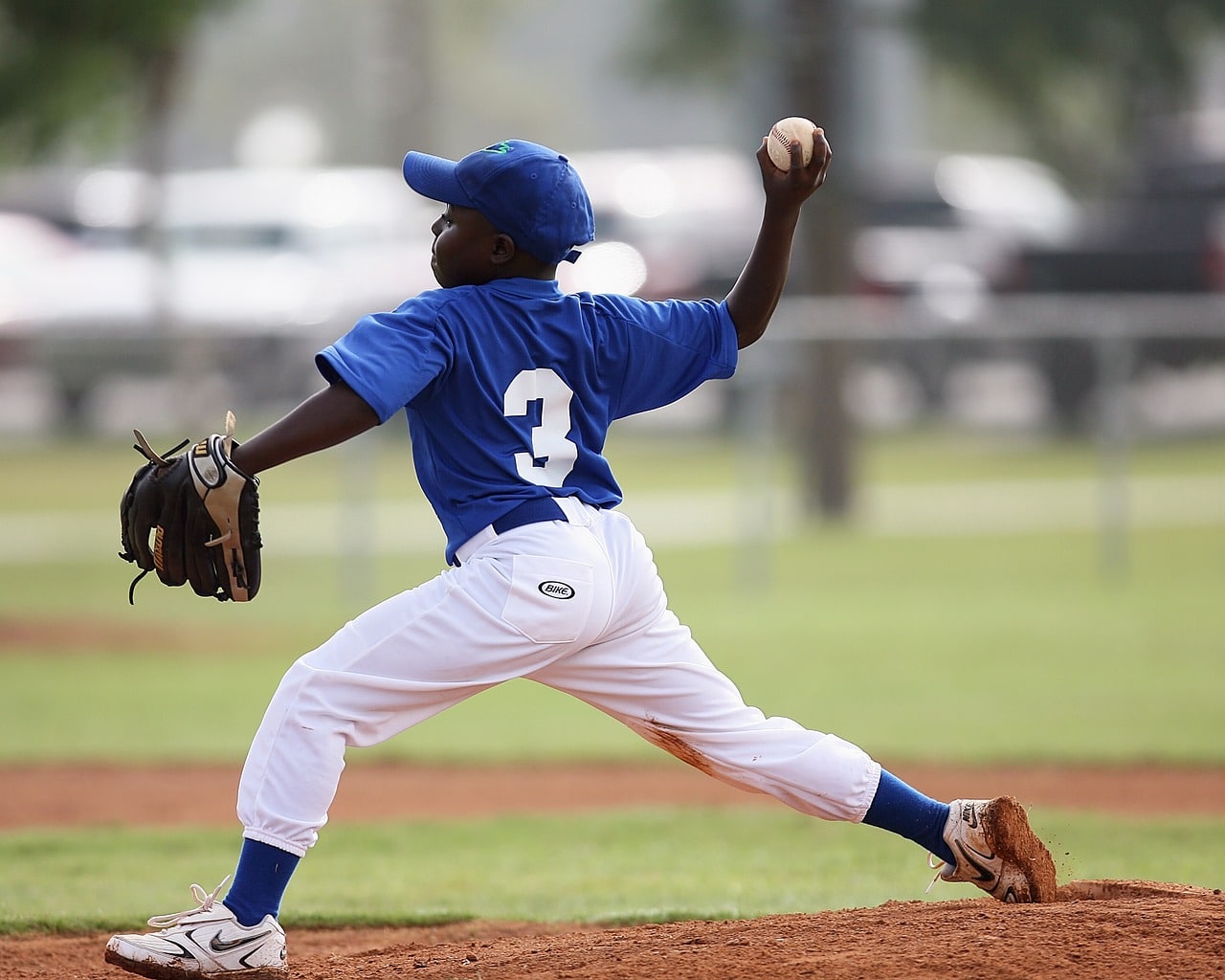Elbow Injuries in Throwing Athletes

Elbow Injuries in the Throwing Athlete: What You Need to Know
Over the years, we have begun to set aside more and more time for sports. With many opportunities to play indoors during the off-season, young throwing athletes spend less time resting their arms after a long season and more time playing year-round in travel leagues, tournaments, or on school teams in order to stay ahead of the competition. But have we also spent more time preparing our young athletes for this type of rigorous schedule?
Throwing sports such as baseball and softball, as well as tennis, football, and many others, place increased stress along the elbow joint, which can lead to elbow injuries both acute (sudden onset) and chronic (slow onset) in nature. The elbow joint is made up of three bones: your upper arm (humerus) and two in your forearm (radius and ulna). This joint is meant to bend, straighten and pivot, allowing the lower arm to twist. To help stabilize the elbow, collateral ligaments are located on the inner and outer sides. During overhand throwing, the ligament on the inside of the elbow called the ulnar collateral ligament (UCL) is placed on extreme stress to stabilize the elbow.
Although throwing athletes can experience elbow injuries on both the inside and outside of the elbow, injuries to the inside of the elbow are more common since tremendous stress is concentrated over the inner elbow during the throwing motion. With improper mechanics, repetitive throwing, and increased muscle fatigue due to lack of rest, these structures supporting the elbow are placed under more strain than they can withstand, leading to eventual injury.
So how can parents and coaches help reduce the likelihood of elbow injury for their young athletes?
- Focus on mechanics – throwers must learn proper mechanics at an early age FIRST, before focusing on throwing speed and power
- Limit throwing – monitor pitch count and limit excessive play
- Rest – ensure your athlete has adequate rest periods between tournaments and games/practices
If your throwing athlete has already started experiencing elbow pain during or after throwing, conservative measures should be taken, such as rest from all throwing activities and icing. Physical therapy can also facilitate healing and help prevent future injury in a variety of ways:
- Decreasing inflammation
- Increasing range of motion (flexibility)
- Strengthening for supportive tissue healing
- Biomechanical evaluation of throwing to ensure proper form throughout the entire throwing motion
We can help play an active role in your athlete’s recovery and success! If you feel like your athlete has an injury due to overuse of his or her arm, do not hesitate to contact us. To schedule an appointment or a free 15-minute consultation at any one of our 19 Hulst Jepsen clinics, give us a call or email us at receptionist@hjphysicaltherapy.com.
